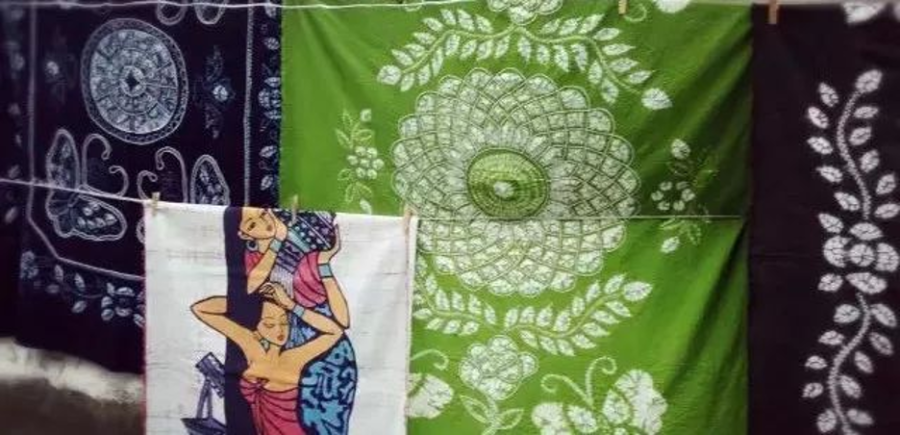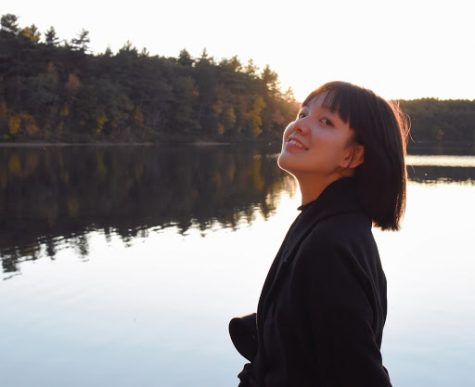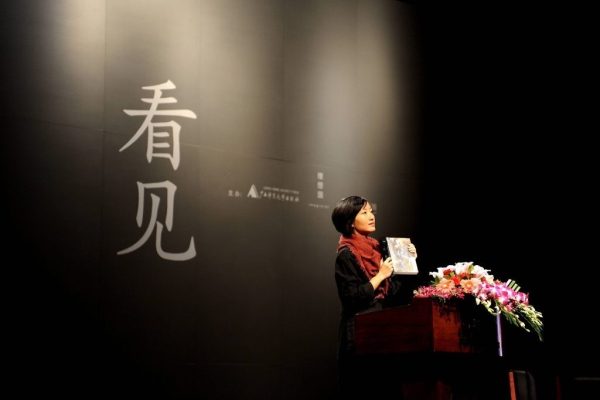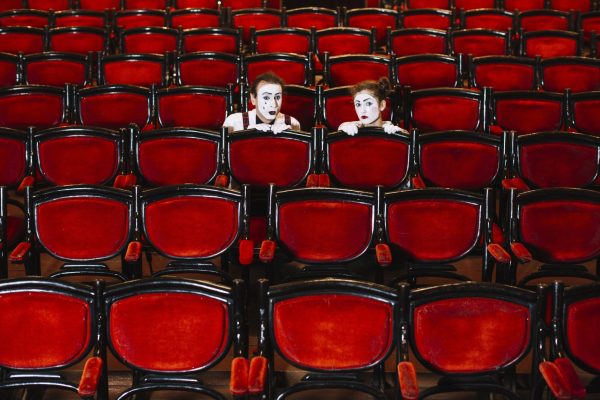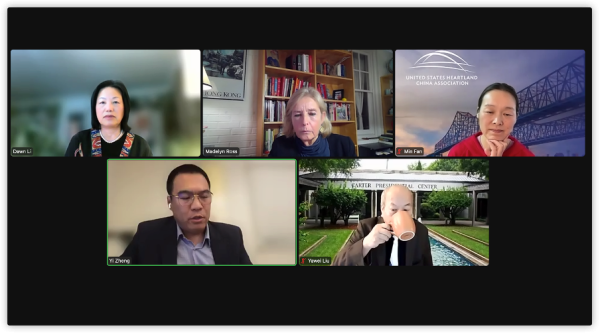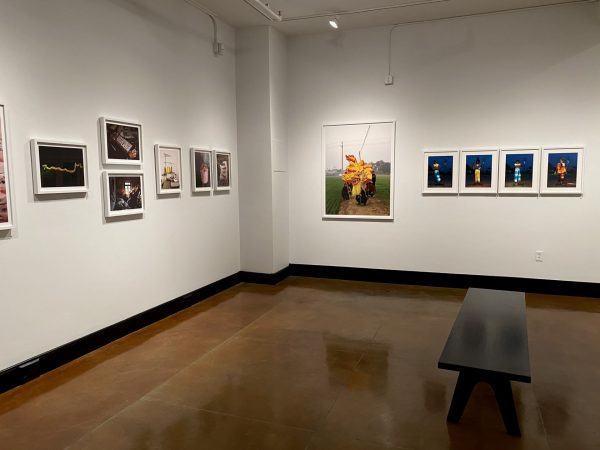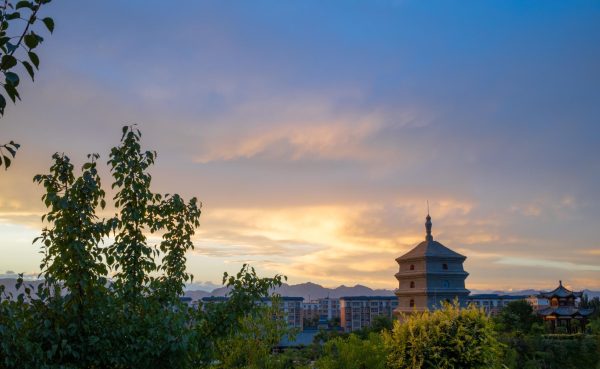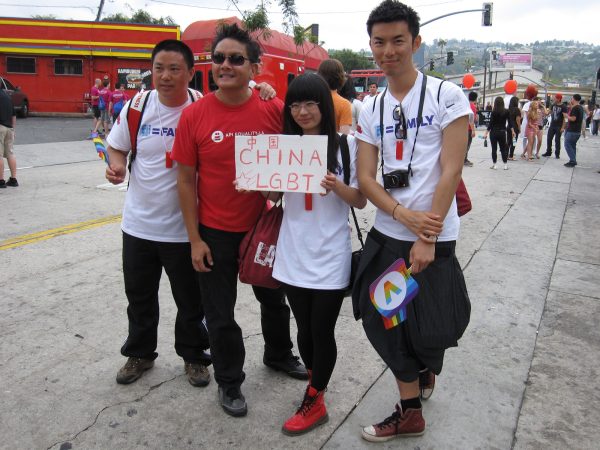The Story of Indigo and White Cloth — Exploring the Ancient Yunnan Art of Tie-dye
March 23, 2022
Tie-dyeing, a technique for creating modern T-Shirt looks, is already well-known around the world. Thinking of rock ‘n’ roll and the hippy counterculture of the 1960s &1970s, nowadays, it has been modernized as a popular print trend, officially elevated as a full-fledged fashion trend, both on and off the runways.
Background of tie-dyeing
Tie-dyeing, however, originated in China more than thousands of years ago. This traditional manual technique now only exists in a few remote areas, such as southern Dali, and is fully preserved. This charming, unique artistic effect is difficult to achieve by mechanical printing and dyeing.
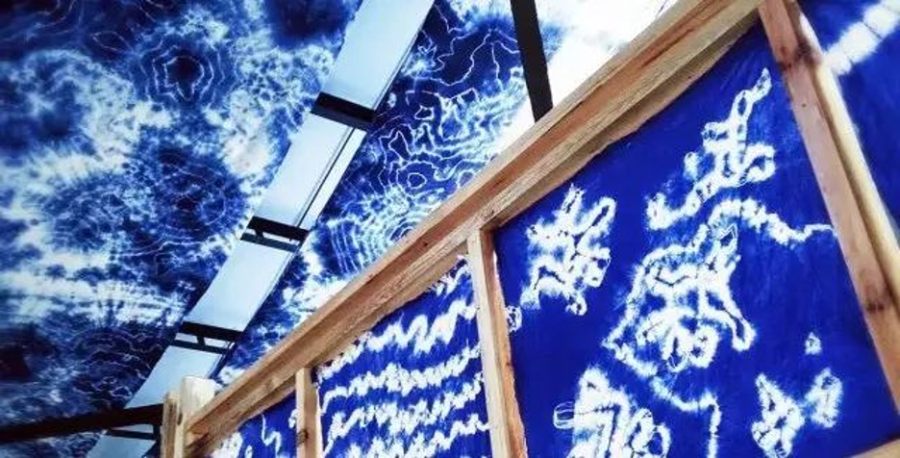
Tie-dyeing is a traditional folk handicraft in the Dali area of southwestern China. Walking into the old town of Dali, you can see all kinds of tie-dyed products with bright colors and fresh styles. In fact, these simple and rich artistic pieces are one of the most popular representatives of Dali folk art.

As the name implies, the biggest feature of the tie-dye process is tieing, which is also the most delicate part of the production. This process is done by jinhua, a common name to call local women, who are also an East Asian ethnic group native to the Dali Bai Autonomous Prefecture of Yunnan Province in China.
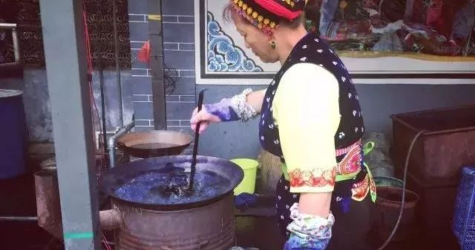
The local women began to learn this craft when they are young. For them, one steel needle and a piece of white cloth are just like the paper and paintbrush in the hands of painters. The difference is that painters use ink and paints, and their tool is only a thin thread. According to the patterns designed on white cloth, the process of tying is based on using different stitches for sewing.
Tie-dye technique & process
A basic principle of the tie-dyeing process is that it won’t dye the sewn part of white cloth, and the tighter the tie, the lighter the color. So the key of manual tie-dyeing is to tie well; only in this way can the desired pattern be dyed well.
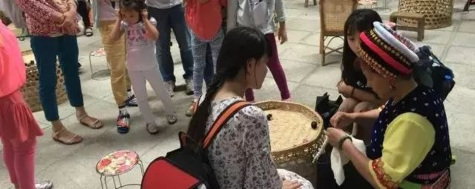
The crucial part of the painting is brushwork, while tie-dye focuses on needlework. The final texture of the tie-dye cloth pattern is reflected by different sewing skills and the degree of tightness.
“Zha Hua,” means tying a knot, that is, after the fabric is selected. According to the requirements of decorative pattern, wrinkling, folding, rolling, squeezing and other methods, make the design a certain shape. Then using a needle and thread to stitch, seam strictly, tightening it up to make the fabric look like a bunch of “knots.”
Dyeing is the most troublesome and time-consuming process in tie-dyeing. It usually takes 10 times to dye the tied white cloth in a large vat. After each dyeing, the cloth must be hung in the air. Therefore, the dyeing process of each tie-dyed product takes several days to complete. Moreover, the raw materials of tie-dye are all-natural products, which makes it more difficult to produce.
Soaking means to dip the “knot” cloth into the dyeing vat, or heated boiling dyeing. After a certain time, one must remove the cloth out to dry, and then soak the cloth again. Such repeated immersion makes each layer a darker color.
The sewed part, which cannot be dyed, naturally becomes a decorative pattern. Because the way people stitch varies, and due to dying times being different, the finished product is rarely the same.
After drying, it is time to remove the tied knots. Part of the stitches appear as an interesting pattern due to the natural cloth color. The rest presents as colored. Thus, a beautiful tie-dyed piece is finished.
The base of the traditional tie-dye color is indigo blue, which is because the dye materials are from a local mountain (Cangshan).

In addition, there is often a transitional effect of gradient change between the background and the pattern. Some of the patterns look like ice cracks, natural and lively.
Tie-dye pattern
The pattern mainly shows a flower shape, with a multi-layered effect. The patterns also have a wide range of looks. Some are local mountains and rivers, animals, even myths and legends, with different styles and distinctive features.

Today, in addition to retaining the traditional tie-dye, a new variety of color patterns and skills have also been developed.
With the expansion of market demand, tie-dye patterns are becoming increasingly complex and diversified with all kinds of bags, hats, dresses and other dazzling arts and crafts.
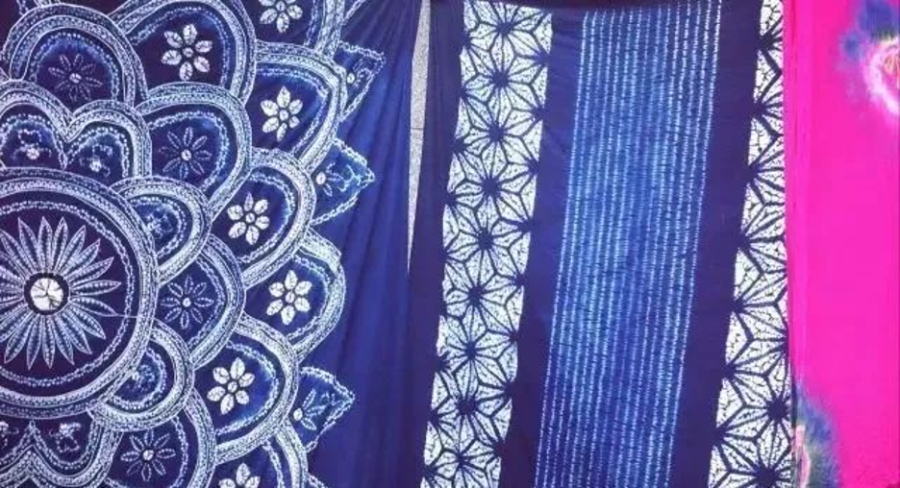
May this ancient handicraft be carried forward!

